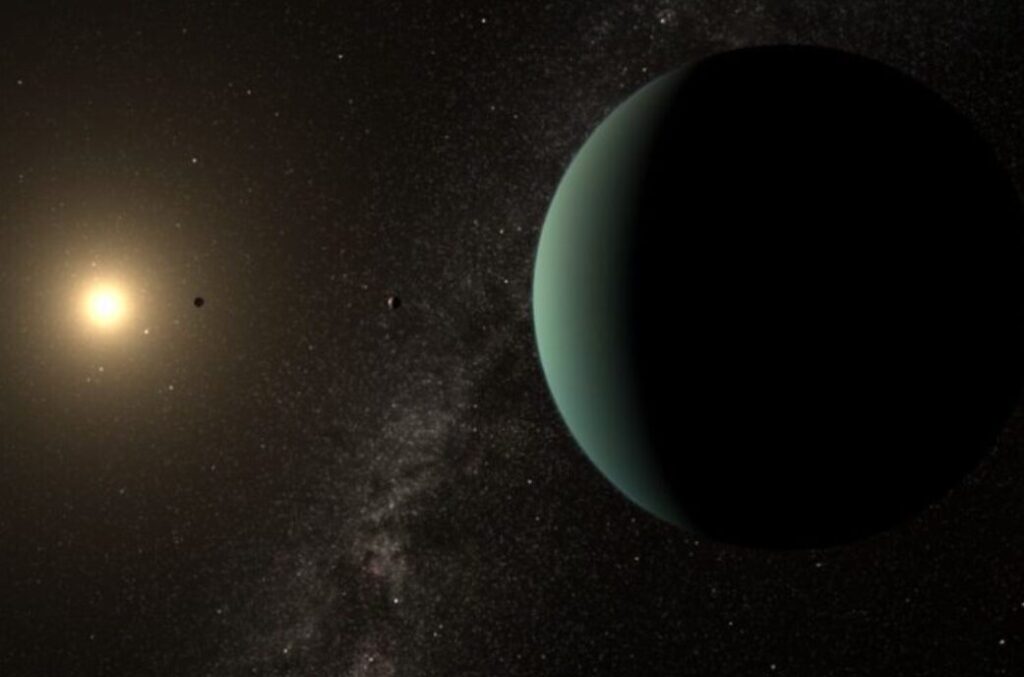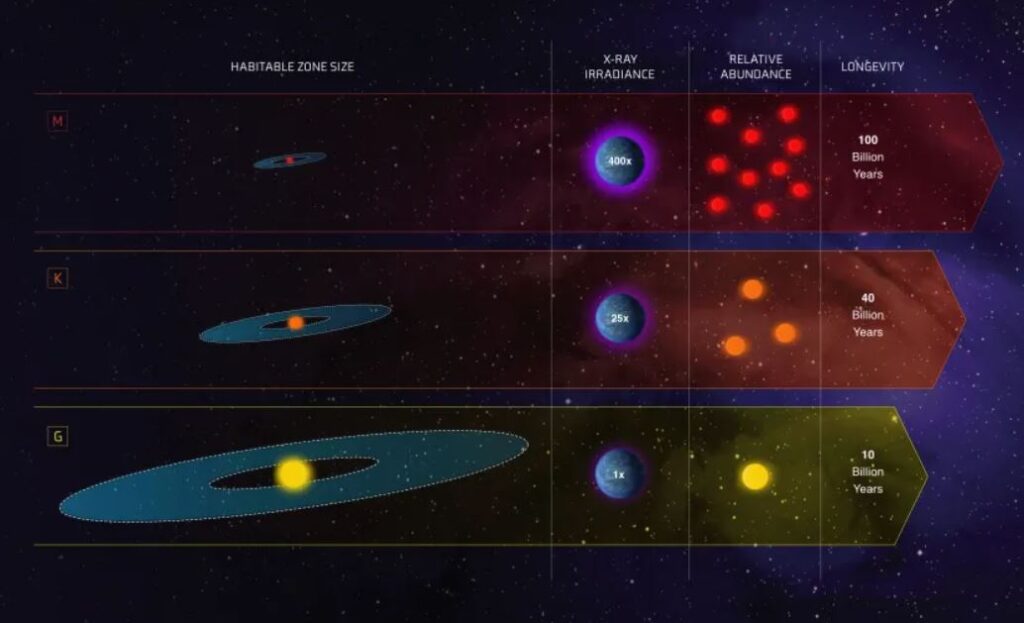
An international team has confirmed the discovery of a super-Earth orbiting in the habitable zone of a nearby sun-like star. The planet was originally detected two years ago by Oxford University scientist Dr. Michael Cretignier. This result, drawing on more than two decades of observations, opens a window to future studies of Earth-like exoplanets that may have conditions suitable for life.
The new planet, named HD 20794 d, has a mass six times that of Earth and orbits a star similar to our sun, located just 20 light years away. Its orbit places it within the habitable zone of the system, meaning it is at the right distance from its star to sustain liquid water on its surface, a key ingredient for life as we know it. The paper is published in the journal Astronomy & Astrophysics.
...Read More









Recent Comments